The Baby Food Packaging Market is currently characterized by a dynamic competitive landscape, driven by increasing consumer demand for convenience, health, and sustainability. Major players such as Nestlé (CH), Danone (FR), and Abbott Laboratories (US) are actively shaping the market through strategic innovations and operational enhancements. Nestlé (CH) focuses on expanding its organic product lines, while Danone (FR) emphasizes sustainability in packaging materials, aiming to reduce plastic usage. Abbott Laboratories (US) is leveraging digital transformation to enhance consumer engagement and streamline supply chains. Collectively, these strategies not only enhance brand loyalty but also intensify competition, as companies strive to meet evolving consumer preferences.
In terms of business tactics, key players are increasingly localizing manufacturing to reduce costs and improve supply chain efficiency. This approach appears to be particularly effective in addressing regional market demands and minimizing logistical challenges. The market structure is moderately fragmented, with several established brands competing alongside emerging players. The collective influence of these key players fosters a competitive environment where innovation and responsiveness to consumer trends are paramount.
In August 2025, Danone (FR) announced a partnership with a leading sustainable packaging firm to develop biodegradable pouches for its baby food products. This strategic move underscores Danone's commitment to sustainability and positions the company favorably among environmentally conscious consumers. By integrating eco-friendly materials, Danone not only enhances its product appeal but also aligns with global sustainability goals, potentially increasing market share in a growing segment.
In September 2025, Abbott Laboratories (US) launched a new line of smart baby food packaging that incorporates QR codes for nutritional information and feeding tips. This innovation reflects Abbott's focus on digitalization and consumer engagement, allowing parents to access valuable information at their fingertips. Such technological integration may enhance customer experience and foster brand loyalty, as consumers increasingly seek transparency and convenience in their purchasing decisions.
In July 2025, Nestlé (CH) expanded its production capabilities in North America by investing in a new facility dedicated to organic baby food packaging. This expansion not only signifies Nestlé's commitment to meeting rising demand for organic products but also enhances its operational efficiency. By increasing local production, Nestlé can better respond to market fluctuations and consumer preferences, thereby solidifying its competitive position in the market.
As of October 2025, the Baby Food Packaging Market is witnessing significant trends such as digitalization, sustainability, and the integration of artificial intelligence in supply chain management. Strategic alliances among key players are increasingly shaping the competitive landscape, fostering innovation and collaboration. Looking ahead, it is likely that competitive differentiation will evolve, with a pronounced shift from price-based competition to a focus on innovation, technology, and supply chain reliability. Companies that prioritize these aspects may gain a competitive edge in an ever-evolving market.
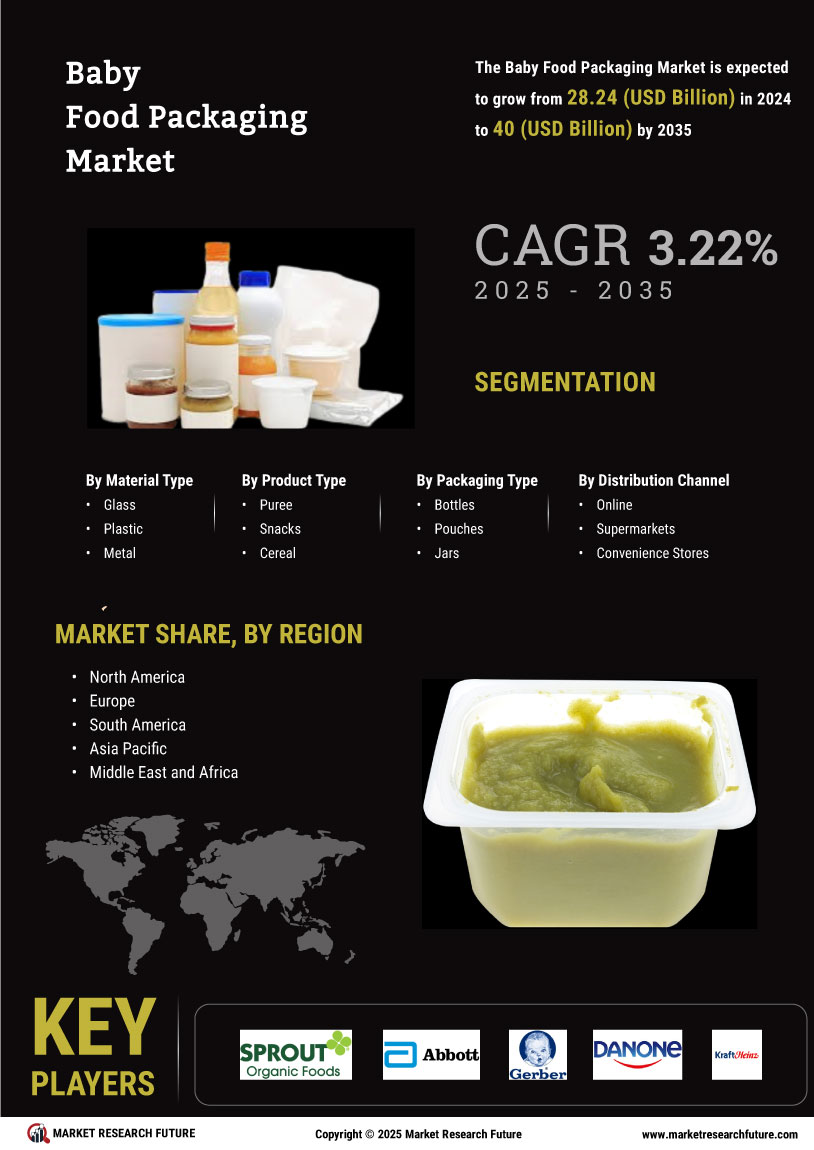

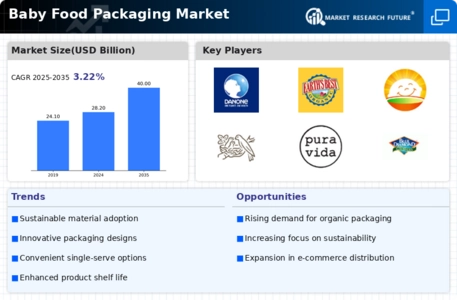
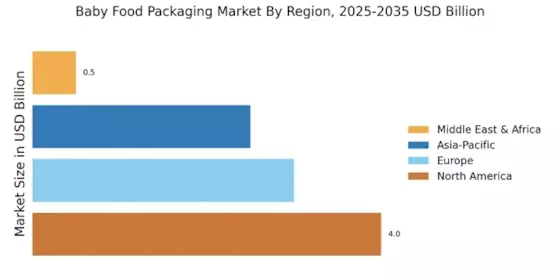
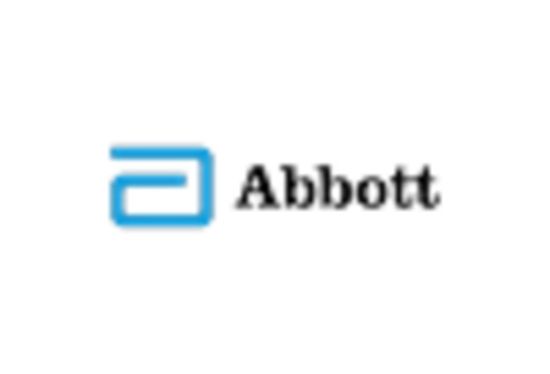
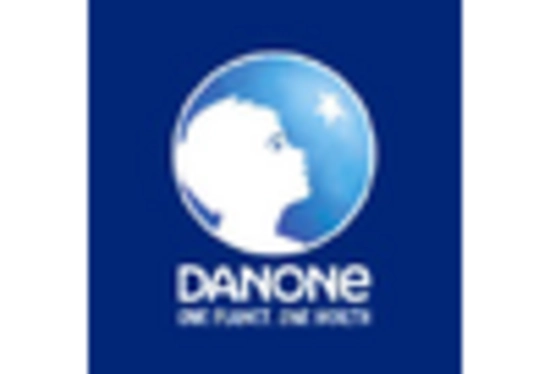
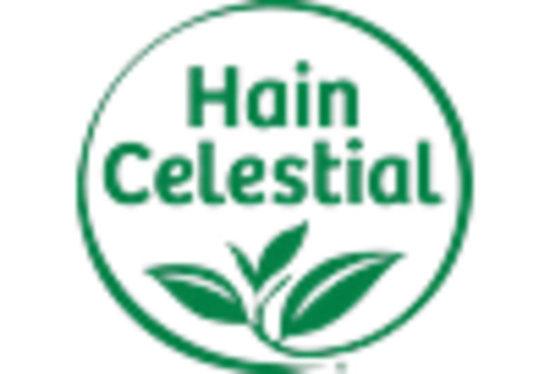
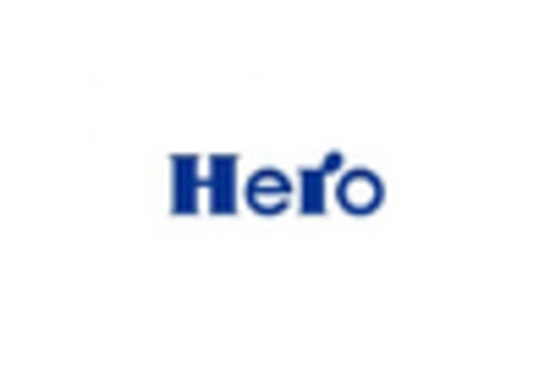
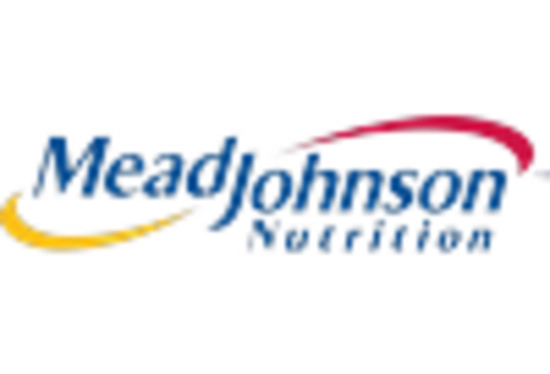
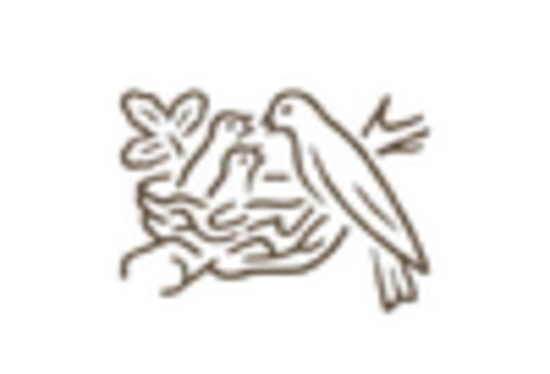








Leave a Comment